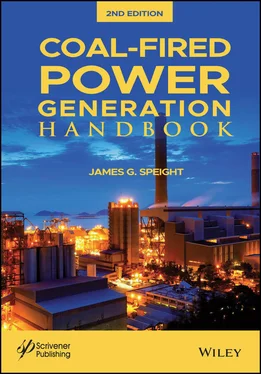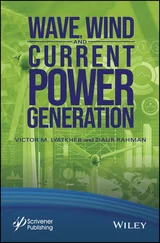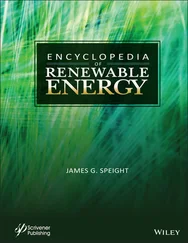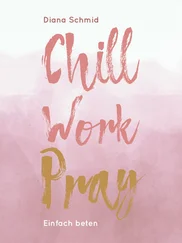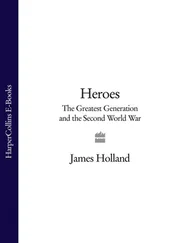The specific energy for size reduction is proportional to the grindability index of the coal (Hardgrove grindability index, ASTM D409) and is also a function of the reduction ratio. Thus, the energy required for the size reduction of coal increases with increasing throughput as well as with the reduction ratio. For a “standard” throughput of coal, the energy required varies with the reduction ratio and the relationship between the specific energy and the grindability is dependent upon the type of device (Speight, 2013).
Moisture in coal is not just an issue in terms of whether the coal is dry or not and whether the transportation costs warrant coal drying. Indeed, moisture content is a factor that must be taken into account when considering the energy requirements of a size reduction unit. Excessive moisture, but more particularly excessive surface moisture, can cause a lesser efficiency in fines removal (due to fines agglomeration) and the formation of emulsions can also be a problem in the selective agglomeration process (Bensley et al ., 1977).
In general, five types of equipment are used for the size reduction of run-of-mine coal: (i) rotary breakers, (ii) roll crushers, (iii) hammer mills, also called ring mills, (iv) impactors, and (v) tumblers. At best, the crushing operation produces the desired (sized) product in a single stage. However, there are cases where the size reduction of coal entails multiple stage size reduction units. The final stage of coal pretreatment is to screen it into size fractions convenient for handling by the various process streams.
The rotary breaker essentially consists of an outer cylinder with an inner rotating perforated cylinder fitted with lifters which is operated at the lowest speed that will cause a small particle on the liner to centrifuge (Speight, 2013). Coal is fed into one end of the rotating cylinder where it breaks because of the tumbling action due to gravity fall, and pieces less than the hole sizes [typically 1% in. (38 mm)] pass out to a bottom collection trough, giving a product with positive upper size control. The flow rate through the breaker is adjusted so that pure coal has broken through and rock passes through the exit; in practice, some coal will pass out with the rock. Large pieces of hard, dense rock will also act as grinding media. Because of the relatively mild breakage action, the production of fines is minimized. For hard coal, the length-to-diameter ratio is increased, and the diameter is increased to give a higher force due to the greater fall.
The raw coal from the rotary breaker can be utilized directly, undergo further size reduction, or the quality of the product can be upgraded in a coal-washing facility (Speight, 2013).
Roll crushers are size reduction devices that shear and (or compress) the material that is to be reduced in size. The single-roll crusher is a popular piece of equipment and primarily consists of a heavy cast iron or steel fabricated frame on which are mounted the crushing roll and the stationary breaker plate. The breaker plate is provided with renewable wear plates bolted to the breaker plate. The roll usually has a series of long teeth spaced at intervals and various short teeth covering the entire crushing surface. The coal is squeezed between the revolving roll and the breaker plate. The long teeth act as feeders and also penetrate the lumps of coal, splitting them into smaller pieces, while the smaller teeth make the proper size reduction (Roman, 1967).
Double-roll crushers consist of two rolls that rotate in opposite directions. A double roll crusher can reduce run-of-mine coal (maximum top size 36 inches, 0.9 m) to a product with a top size in the range of 14 inches (350 mm) to 3/4 inch (19 mm). The roll size can vary from 12 x 18 inches to 60 x 60 inches and capacity may vary up to 2,000 tons/hour. Double-roll crushers generally produce minimal amounts of fines (Roman, 1967).
The hammer mill is a device in which the feed coal is contacted (impacted) by rotating hammers and then further impacted by contact with grid breaker plates. The grinding that occurs in the hammer mill results from the rubbing action of feed material between two hardened surfaces i.e., the hammers and the grid or screen plates. The hammer mill usually produces a relatively high proportion of fine material (Roman, 1967). The fineness obtained can be varied by adjustments of revolutions per minute or the spacing between the hammer tips and the grate bars.
The ring-type hammer mill is a modification of the hammer mill which was developed to help minimize the amount of fines in the product. In these units, the hammers have been replaced by rings (alternately toothed and plain) which revolve and cause size reduction by a rolling compression action rather than by a grinding action (Roman, 1967). The unit emphasizes nipping particles between the hammer and the grate bars. The hammer mill is a versatile unit and has a capacity up to 2,500 tons/hour for industrial units.
An impactor is a size reduction device that strikes (impacts) the coal which is then thrown against a hard surface or against other coal particles. The coal is typically contained within a cage, with openings on the bottom, end, or side of the desired size to allow pulverized material to escape.
The rotor-type impact mill uses rotors to effect size reduction. In the mill, the coal drops into the path of the rotor, where it is shattered, driven against the impact surface, and further reduced in size. The material rebounds into the path of the rotor and the cycle repeats itself until the product is discharged from the base.
There are two types of impact crushers: (i) horizontal shaft impactor and (ii) the vertical shaft impactor.
The tumbler ( tumbling mill ) is a grinding and pulverizing machine consisting of a shell or drum rotating on a horizontal axis. The material coal is fed into one end of the tumbler where it comes into contact with grinding material, such as iron balls. As the tumbler rotates, the material and grinding balls tumble against each other, the material being broken chiefly by attrition.
Tumblers are cylindrical size reduction devices and are essentially lined drums supported by hollow trunnions at each end. The units are manufactured with overflow, grate, or peripheral, discharge arrangements.
In summary, proper coal sizing is one of the key measures to ensure efficient combustion ( Table 3.5). Proper coal sizing, with specific relevance to the type of firing system, helps towards even burning, reduced ash losses and better combustion efficiency. As described above, coal is reduced in size by crushing and pulverizing. Pre-crushed coal can be economical for smaller units, especially those which are stoker fired. In a coal handling system, crushing is limited to a top size of 6 or 4 mm. The devices most commonly used for crushing are the rotary breaker, the roll crusher, and the hammer mill.
Table 3.5 Approximate size dimensions of coal for combustion in various coal-fired systems.
| System |
Size, inches (mm) |
| Hand Firing (a) Natural draft (b) Forced draft |
1-3 (25-75) 1-1.6 (25-40) |
| Stoker Firing (a) Chain grate i) Natural draft ii) Forced draft (b) Spreader Stoker |
1-1.6 (25-40) 0.6-1.0 (15-25) 0.6-1.0 (15-25) |
| Pulverized Fuel Fired |
75% below 75 microns * |
| Fluidized bed boiler |
<0.4 (<10 mm) |
*1 Micron = 1/1000 mm
It is necessary to screen the coal before crushing, so that only oversized coal is fed to the crusher. This helps to reduce power consumption in the crusher. Recommended practices in coal crushing are (i) incorporation of a screen to separate fines and small particles to avoid extra fine generation in crushing, and (ii) incorporation of a magnetic separator to separate iron pieces in coal, which may damage the crusher.
Читать дальше
